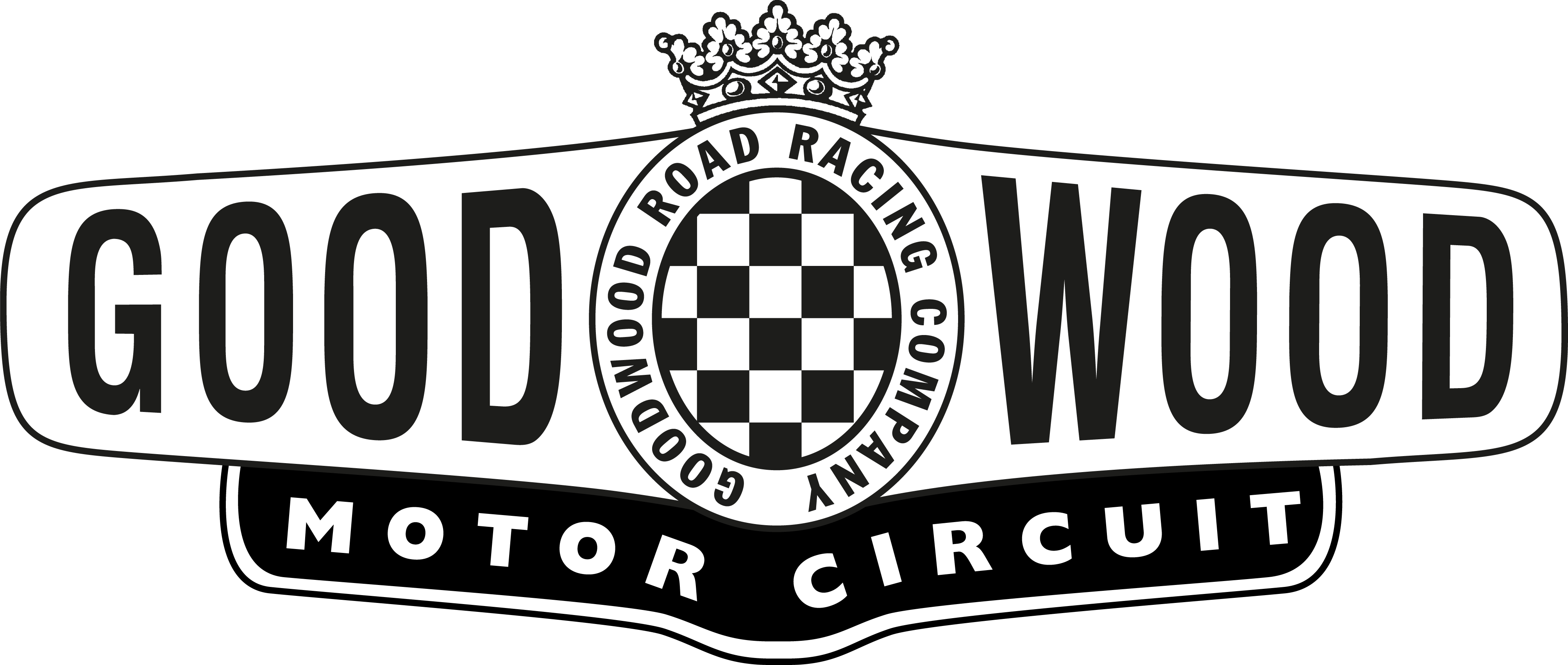The name behind the race: Derek Bell
Derek Bell grew up so close to Goodwood he could hear the cars making their way around the circuit from his childhood home. He became hooked on motorsport from an early age and subsequently found every reason to get close to the action.

Initially, Bell volunteered as a marshal at the Goodwood Motor Circuit before he had the chance to get behind the wheel. Indeed, he was on duty at Madgwick when Stirling Moss had his career-ending crash at Fordwater in 1962.
Bell’s first stint behind the wheel of a racing car was at the Jim Russell Racing School at Snetterton. He didn’t complete the course because Russell said there was nothing more he could teach him. There was a raw, natural talent there that needed to be fulfilled, and that time came in 1964 when Bell entered his first race, here at Goodwood.
He had built a Lotus Seven with his friend John Penfold but the car was only finished in the eleventh hour — the engine run-in at midnight before the race and the bodywork was completed in the morning. The race itself was battered by heavy rain so the circumstances of Bell’s first competitive outing were hardly auspicious. Nevertheless, while much of the opposition spun off ahead of him, Bell prevailed to win his very first race.
That knack for nurturing a car in difficult conditions would serve him well later in his career when he became one of the world’s leading drivers in endurance racing, but before that he ascended through the motorsport ranks via single-seaters.

Formula 3 cars make up the grid for the Derek Bell Cup.
After the Lotus, Bell quickly progressed to Formula 3 as a privateer under his step-father’s Church Farm Racing Team. With a small team of accomplices they built the F3 car themselves on a modest budget, but despite the limited resources he was keen to continue climbing the ladder.
He quickly made the move to Formula 2, this time buying a Brabham BT23C and a Cosworth engine rather than the team tuning the powerplant themselves. By now, Bell was racing on mainland Europe, his first international race was at Hockenheim in 1968 at the event where Jim Clark tragically lost his life. Bell is on record saying that losing a friend he was spending time with that morning shook him, but like so many of his contemporaries he put the dangers to one side to follow his dreams.
Bell’s star continued its rapid ascent when later that year he received a call from Enzo Ferrari and secured his first Formula 1 drive, just three years after his first race in his home-built Lotus. In his first race at Monza Bell qualified in eighth, but was unable to translate that to a result when he retired with engine failure. Bell’s F1 career continued until 1974, during which time he entered 16 Grands Prix for Ferrari, McLaren, Surtees and Tecno. His best result was a points-scoring sixth place at the 1970 United States Grand Prix at the wheel of the Surtees TS7.
His real motorsport legacy was yet to be set in motion. Bell moved to sportscar racing with Ferrari in 1970 and began a journey that led to him accomplishing his best-known achievements, winning the Le Mans 24 Hours five times.
Those famous successes were amid an endurance racing career that also took in two Daytona 24 Hour victories and countless other endurance successes. At one stage, Bell was competing on both sides of the Atlantic in simultaneous Championships.
His earliest endurance races were in such legendary cars as the Ferrari 512 Porsche 917, yet his first Le Mans win was with relative minnow Mirage. John Wyer’s team brought a wealth of experience to its 1975 Le Mans entry. Its car used a Ford DFV engine that had been developed for two-hour Grands Prix, and Cosworth co-founder Keith Duckwork decreed it unsuitable for a tilt at Le Mans. Wyer persuaded them to provide a detuned version of the long-lived V8, and against all expectation Bell and Jacky Ickx took the victory. It wouldn’t be the last time they paired up at La Sarthe.
Bell rejoined Porsche in 1980, and the following year he and Ickx won Le Mans again, a feat they repeated the following year. As the Porsche 956 gave way to the 962, Bell continued to outgun the opposition at Le Mans with further back-to-back wins in 1986 and ’87, this time partnered with Hans-Jochen Stuck and Al Holbert.

Ever modest about his talents, Bell considers himself lucky to have been involved with a front-running team, but the drivers were key in the development of those dominant cars. You don’t stand on the top step of Le Mans podium with luck alone.
And he came close to sixth Le Mans victory in 1995. The McLaren F1 he shared with Andy Wallace and his son Justin Bell led for almost half the total hours but mechanical problems saw them slip to third place. By then 55 years old, Bell senior was responsible for much of the race-leading pace.
Bell’s place in endurance racing lore is secure to the extent that his single-seater successes can be sometimes overlooked. But not at the Goodwood Members’ Meeting presented by Audrain Motorsport, where the Derek Bell Cup is a regular reminder of his first step towards four decades of motorsport success.
The 83rd Members’ Meeting presented by Audrain Motorsport takes place on the 18th & 19th April 2026. Tickets are on sale now for GRRC Members and Fellows.
You can sign up for the Fellowship now. Click here to find out more.
Images courtesy of Getty Images.
Goodwood photography by Nick Dungan, Phil Hay and Joe Harding.
members' meeting
83mm
event coverage
derek bell
Derek Bell Cup
Derek Bell Cup info











